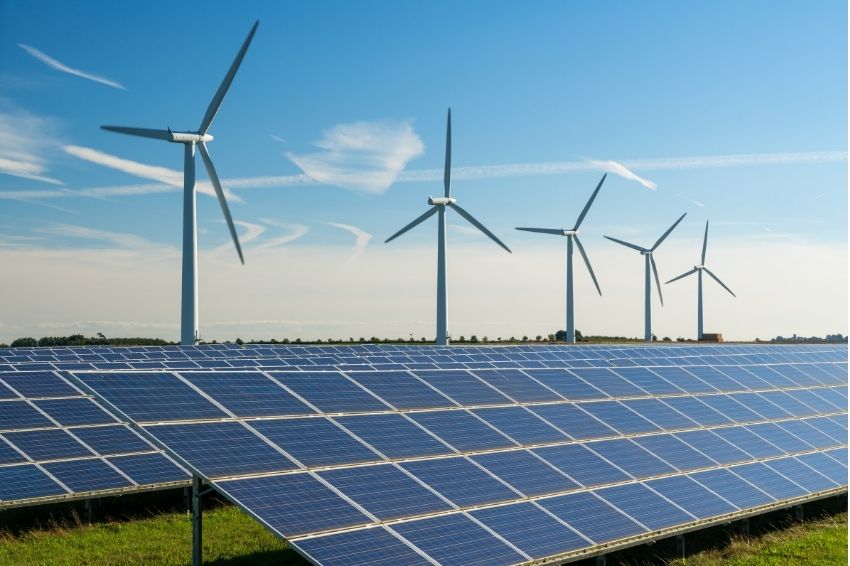A bill that is being processed in the Federal Senate aims to avoid electricity rationing caused by water crises with the creation of Pides (Incentive Program for the Development of Wind and Solar Photovoltaic Energy).
The idea is to finance, via BNDES (National Bank for Economic and Social Development), the installation of photovoltaic and wind systems across Brazilian territory.
According to the text of the PL 3386/2021, authored by senator Plínio Valério (PSDB-AM), the value would be limited to R$ 500 million per year.
Also according to the proposal, interest on loans would follow the BNDES' TLP (Long Term Rate), equivalent to the average cost of raising funds for five-year bonds, plus the remuneration rate of the institution lending the resource.
“Through current programs, such as Carbono Zero, and Pides, the BNDES lends resources with interest equal to the TLP, which is equivalent to the average cost of raising funds for five-year bonds, plus the BNDES remuneration rate and the risk rate of financial institutions, when resources are lent through financial institutions instead of being lent directly by BNDES”, proposes the text.
For the author of the PL, Brazil has everything it needs for this type of energy, in addition to being a desire of the population. “If we imagine that millions of Brazilians would definitely run to get this financing, we would get out of what we call a blackout once and for all. In 2001, the country was forced to adopt an energy rationing policy, which punished us all, without distinction, rich or poor, and we have to think of solutions”, highlighted Senator Valério.
Contribution of renewable sources in the energy matrix
The text of the PL also highlights that, according to the Electric Energy Statistical Yearbook, from EPE (Energy Research Company), the installed electricity generation capacity in the country increased by 44% between 2012 and 2020, and in the same period the energy generation Wind power grew from 1.9 GW to 15 GW, contributing significantly to the lack of rationing or blackouts.
In mid-October this year, the solar source surpassed the mark of 11 GW of operational power from the solar source in large plants and in small and medium-sized systems installed on roofs, facades and land, according to data from ANEEL (National Electric Energy Agency).
According to the Agency, the DG (distributed generation) segment has more than 7.2 GW of installed photovoltaic power, while the GC (centralized generation) operates with more than 4.1 GW in solar plants, the equivalent of around 2% of the Brazilian electrical matrix.
The milestone was reached less than a month after solar surpassed 10 GW of operational power, on August 20th of this year. The record also reinforces the growth of the photovoltaic sector in recent years, which saw its operational power more than double in a year and a half, jumping from 5 GW in April 2020 to the current 11 GW.

















One Response
Full support for the initiative. It is surprising that this flag does not have many followers in the legislature, when we know the potential of generating clean energy. Big hug to the Senator.